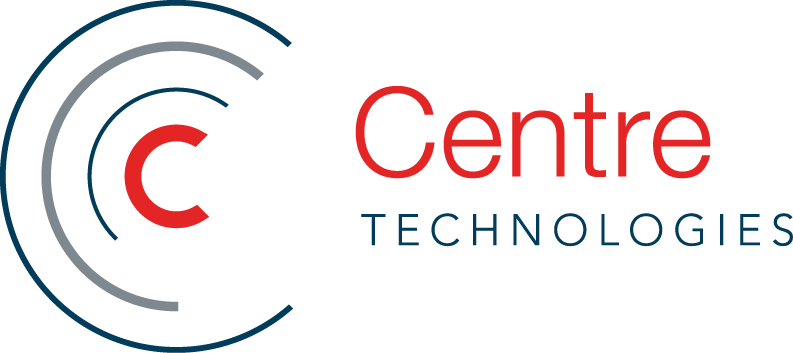The secret's out (okay so it's not a secret): misconfigured cloud setting and inadequate access controls can lead to data breaches. A small business may struggle with properly managing cloud security settings, making them targets for attackers looking to exploit weak cloud defenses.
How to Protect Yourself From Cloud Attacks
Invest Time and Training Into Multifactor Authentication (MFA)
According to Amazon Web Services (AWS), "While passwords protect digital assets, they are simply not enough. Expert cybercriminals try to actively find passwords."
MFA is a pain in some cases - why would they want the information of a small business like you? But 46% of all data breaches are targeted at small businesses with 1,000 or fewer employees. You may not be he obvious target, but hackers see you as an easy one.
This doesn't have to cost you money but what it will cost you is time - time to gain the buy-in from employees and leadership, time to learn how to use the tool effectively without it becoming "something added to their plates," and ultimately, time to get everything set up according to compliance requirements. But it's worth it. You can even deploy a user-friendly MFA with an option to use single sign-on (SSO) features, which makes it easier and faster for all in your organization. Yes, it might feel tedious, but you're eliminating cloud jacker threats every minute you invest in it.
Manage Who Has Access to Your Cloud Data
When you have one IT guy and 30 people to configure into your cloud access settings, it can sometimes get out of hand. Not only is managing active users, but say 3 employees leave and that IT guy forgets to remove one access point from one of those employees - all of a sudden a hacker only needs to access that forgotten login (because that former employee no longer uses it nor do you monitor it) and they have access to your cloud.
Neglecting to update configuration settings or allowing access to a large number of users opens the door to unauthorized entry. We recommend you try applying the principle of least privilege (PoLP) when securing cloud environments. Essentially, users should only have access to the specific data, resources, and applications necessary for their tasks.
Your goal should be to closely monitor all access and credentials, establishing practical yet firm boundaries on where those permissions can and cannot go.
Ask For Help
Handling off-premises operations like cloud on your own can be a challenge, especially for small businesses. Whether you have an IT team or need one, filling the gaps never hurt your strategy in the long run. Not only do you need bandwidth, but you need expertise in cloud management whether that person is in house or contracted.
Managed Cloud Security varies based on your company's unique needs, but it essentially provides continuous, tailored protection to suit a user's specific cloud activities.
We'd be remiss to let you know that we can be your help. If you need it, let us know and we'll make sure you're protected, compliant, and prepared for when disaster strikes.


 Emily Kirk
Emily Kirk